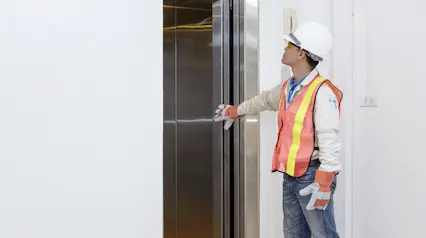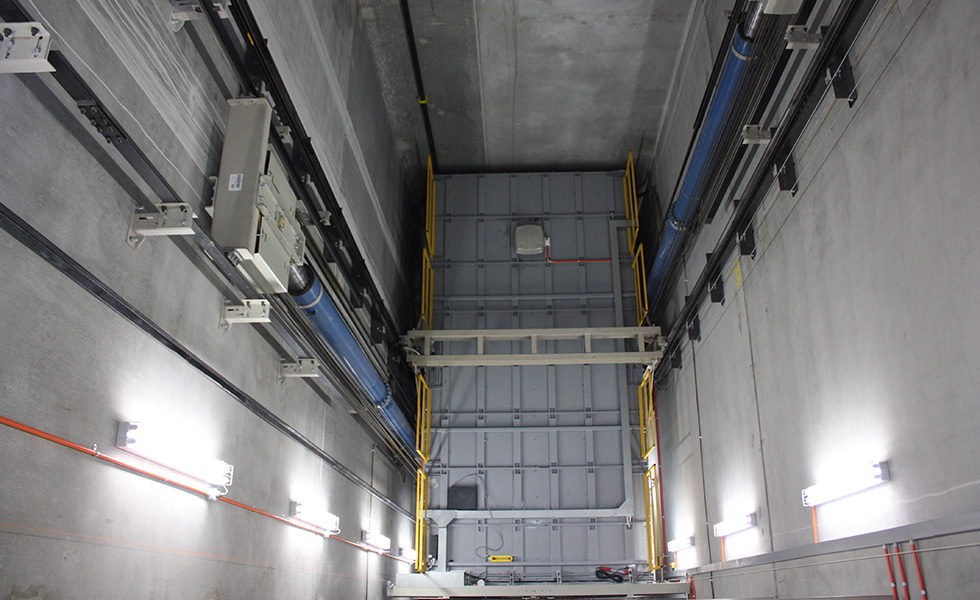Vital Guide to Understanding Handicapped Platform Lifts and Their Performance
Comprehending the details of handicapped system lifts goes beyond plain recognition; it calls for an extensive understanding of their capability and layout. The strict safety and security laws and maintenance factors to consider associated with system lifts are critical in guaranteeing their integrity and long life - elevator maintenance.
Kinds of Disabled System Lifts
There are a number of types of disabled platform raises made to provide availability for individuals with wheelchair obstacles. Upright system lifts are a preferred choice as they relocate directly and down, making them perfect for much shorter distances and where space is restricted. These lifts are usually mounted in homes, schools, and industrial structures to help wheelchair customers in browsing various levels. Inclined system lifts, on the other hand, are ideal for locations where a vertical lift may not be feasible due to architectural constraints. These lifts adhere to the incline of stairs, giving a smooth and risk-free experience for people with flexibility issues.
Another type of handicapped system lift is the mobile lift, which offers adaptability and benefit. Each kind of disabled platform lift offers an one-of-a-kind objective in boosting accessibility and enhancing the quality of life for individuals with wheelchair obstacles.
Key Elements and Devices
Disabled system lifts, such as vertical and inclined lifts, count on details key elements and mechanisms to make sure smooth and risk-free transportation for individuals with mobility obstacles. One crucial element of these lifts is the system itself, which serves as the foundation for carrying people - lift modernization. The system is created to be strong, spacious sufficient to accommodate mobility devices or flexibility gadgets, and outfitted with security features such as guardrails and non-slip surface areas to avoid crashes during transportation

Additionally, safety and security sensors and emergency situation stop switches are incorporated right into disabled platform raises to boost user safety and protect against crashes. These elements interact to create a dependable and efficient transport solution for people with movement problems.
Installment and Maintenance Factors To Consider

Normal maintenance is just as essential to keep handicapped platform raises running smoothly. By focusing on appropriate installment and attentive upkeep practices, the long life and efficiency of disabled platform lifts can be made best use of, benefiting both customers and facility managers.
Security Attributes and Rules
Guaranteeing compliance with safety laws is vital when reviewing the efficiency of security features in handicapped platform lifts. These lifts undergo particular safety and security standards to shield individuals, making it vital for producers and operators to comply with these policies. Safety functions typically found in impaired platform lifts include emergency stop switches, safety and security obstacles, interlocks, and under-platform sensing units. Emergency stop content buttons enable immediate halting of the lift in case of an emergency, while safety obstacles protect against customers from mistakenly diminishing the system. Interlocks ensure that the lift doors are firmly closed prior to the lift operates, boosting user security. Under-platform sensors detect obstructions beneath the lift, stopping it from descending if an object remains in the method. Additionally, normal maintenance and his comment is here examinations are necessary to ensure that security functions are functioning appropriately and in compliance with policies. By focusing on safety and security attributes and sticking to regulations, disabled platform lifts can give risk-free and efficient transportation for individuals with disabilities.
Benefits of Making Use Of System Lifts
Conformity with security guidelines and the application of essential safety functions in impaired system lifts contribute to the general advantages of utilizing these lifts for people with handicaps. Past safety, system lifts offer a range of benefits that enhance access and ease. In general, the benefit, freedom, and inclusivity promoted by platform raises substantially boost the quality of life for individuals with specials needs, making them an invaluable accessibility solution.

Conclusion
In conclusion, impaired platform lifts come in different kinds with key parts and devices that allow for safe and reliable operation. The advantages of utilizing platform lifts include enhanced availability and freedom for people with disabilities.